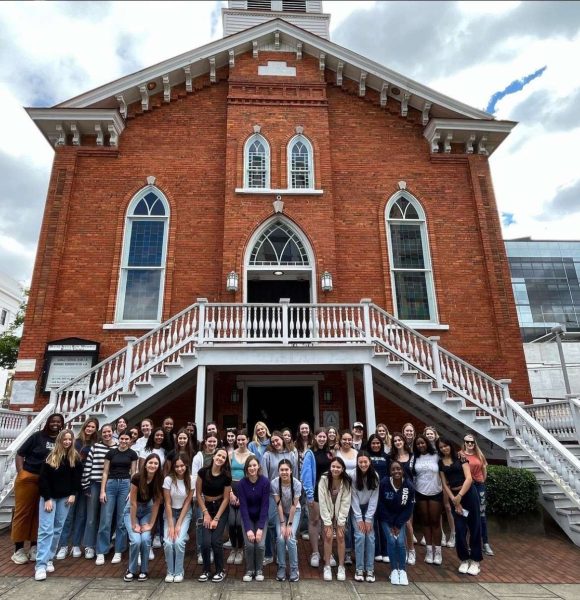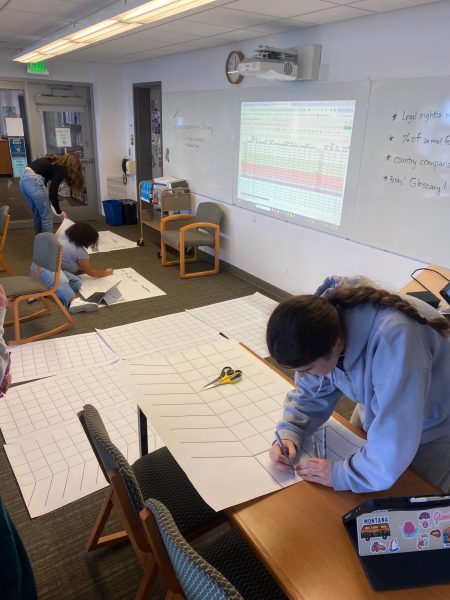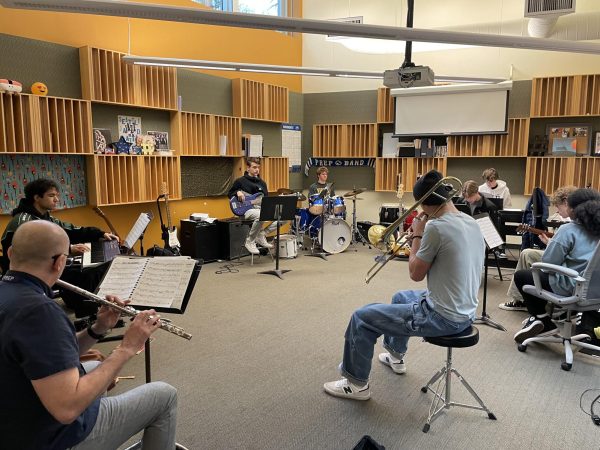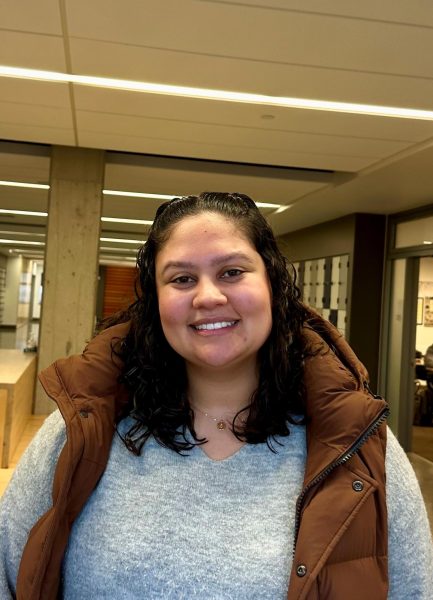Blood Drive Draws Attention
March 18, 2015
Saving three lives can be as simple as donating blood. Recently, Seattle Prep hosted its second blood drive of the year on February 20th. The blood drive was very successful with 61 donors, 25 of which were giving blood for the first time, and 53 units of blood collected. Each unit of blood is equivalent to about one pint or two cups of blood. The latest blood drive collected enough blood to save about 159 lives, which is about three lives saved per unit of blood.
There are many people who need blood, but what can cause someone to be eligible for a blood transfusion? People who have traumatic injuries and burns, cancer, blood and immune system diseases, heart and blood vessel disease, or organ and bone marrow transplantation. The Puget Sound Blood Center, which comes to Prep to facilitate the blood drive, requires about 900 people to donate blood every day to meet the need of the local patients.
In a blood donation, red cells, white cells, platelets, and plasma are collected. The Puget Sound Blood Center’s website stated that plasma’s “primary functions is to carry blood cells, nutrients, enzymes, hormones, certain gases and waste products.” The red blood cells pick up and carry oxygen to all parts of the body. White blood cells defend the body against infections and are able to move out of the blood stream and into the tissue to fight against disease. Platelets control how much one bleeds and clots the blood when the there is a wound in the body. Any of the functions of the blood can be lost when a disease hits the body, so it is vital that blood donations are made to save lives who would not survive without a blood transfusion.
There is a process of donating only one of the four components of blood called apheresis. The process draws blood from a donors arm runs it through a machine to extract a part of the blood, such as the platelets, and the remaining blood is put back into the bloodstream. This donation process takes a significant amount of time, more than a whole blood donation, but the recovery time is much shorter. For example if only platelets are donated they are replaced in about 72 hours; however, when donating whole blood the body reproduces the blood in about 60 days. The blood drives at Seattle Prep are only for whole blood donations because the machines that separate the blood parts are too large to transport. The next blood drive here at Prep will take place on April 24th.









